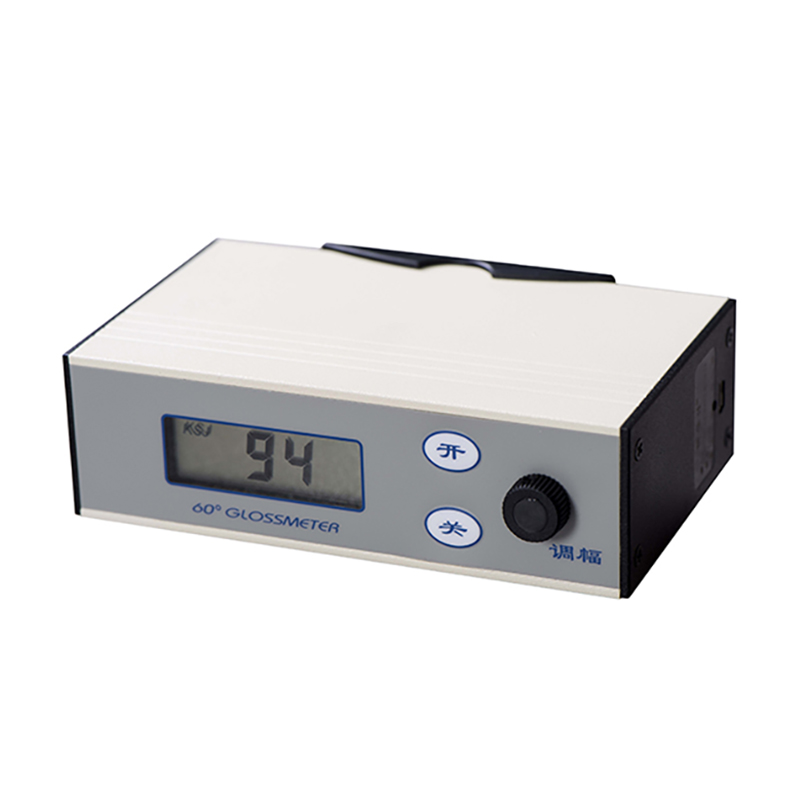头部邮箱+阿里巴巴
E-mail: sales@ksj.cn 

Enter search content

NEWS
News
Hot Products
Understanding Stone Gloss Meter in the Electronic Components Industry
- Time of issue:2023-09-15
(Summary description)Discover the significance of stone gloss meter in the realm of electronic components and gain insights into its applications and benefits within the field of optoelectronic devices.
Understanding Stone Gloss Meter in the Electronic Components Industry
(Summary description)Discover the significance of stone gloss meter in the realm of electronic components and gain insights into its applications and benefits within the field of optoelectronic devices.
- Categories:Industry news
- Author:
- Origin:
- Time of issue:2023-09-15 09:24
- Views:0
Introduction:
The electronic components industry is continually evolving, driven by technological advancements and the demand for improved devices. Among the various tools utilized in this industry, the stone gloss meter stands out as an essential instrument in assessing the quality and characteristics of optoelectronic devices.
1. What is a stone gloss meter?
A stone gloss meter is a sophisticated device used to measure the gloss or shininess of a surface, particularly in the case of optoelectronic components. It provides quantitative data regarding the reflected light from the surface, enabling manufacturers to evaluate the appearance and quality of their products.
2. Importance in optoelectronic devices:
Optoelectronic devices, such as LEDs, photodiodes, and solar panels, heavily rely on the surface properties for optimal performance. The stone gloss meter allows manufacturers to assess the smoothness, reflectivity, and uniformity of these surfaces, ensuring consistent product quality and reliable functionality.
3. Applications:
3.1 Quality control: Stone gloss meters aid in maintaining rigorous quality control standards for optoelectronic devices. By measuring the gloss of surfaces, manufacturers can identify any defects, irregularities, or inconsistencies, enabling them to rectify the issues before the product reaches the market.
3.2 Surface characterization: The stone gloss meter provides valuable insights into the surface characteristics of optoelectronic devices. This information helps engineers and designers enhance the performance, durability, and overall aesthetics of their products.
3.3 Research and development: Researchers and scientists utilize stone gloss meters to study the impact of different materials and coatings on the gloss of optoelectronic surfaces. This knowledge aids in the development of innovative solutions, improving the efficiency and reliability of electronic components.
4. Advantages:
4.1 Precision and accuracy: Stone gloss meters offer high precision and accuracy in measuring gloss levels, ensuring reliable data for quality assessment.
4.2 Time and cost-effective: By quickly analyzing surface gloss, manufacturers can identify potential issues early on in the production process, reducing costly rework and minimizing time-to-market.
4.3 Objective evaluation: Stone gloss meters provide an objective evaluation of surface gloss, eliminating subjectivity and ensuring consistent quality standards across products and batches.
In conclusion, the stone gloss meter plays a vital role in the electronic components industry, particularly in the field of optoelectronic devices. Its ability to measure gloss accurately and provide valuable insights into surface characteristics enhances product quality, reliability, and overall performance. By utilizing stone gloss meters, manufacturers can achieve consistent excellence in their offerings, meeting the evolving demands of the electronic components market.
Scan the QR code to read on your phone

After eighteen-years’development, KSJ Glossmeters have been widely used all over the world in gloss measuring of paintwork, decorative materials, woodenwares, ceramic, printing ink, paper, as well as metal polishing and depositing. And becoming the first choice for experts in the above fields.
Online Message
Contact Us



















